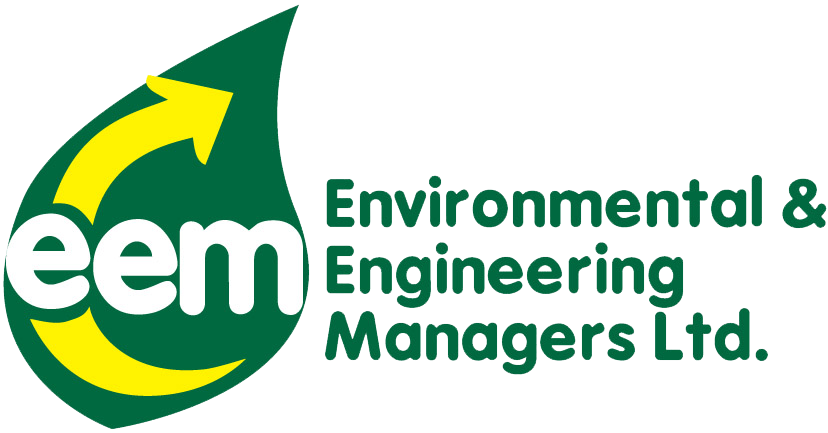Projects
ENERGY
Implementation of Energy Conservation & Efficiency Measures
Engineering Management Consultant to University of the West Indies (Mona)
Given the significant impact on UWI’s energy bill based on externalities such as the unpredictability of oil prices and its attendant effect on electricity charges, there is a concerted effort being made by UWI to accelerate the implementation of a set of energy conservation and efficiency projects. Environmental and Engineering Managers Ltd. (EEM) was contracted in 2009 by UWI to provide consultancy services including technical advice and project management services to oversee the implementation of several of these projects.
Lighting Audit and Retrofit Project
The principal objective of this project was to significantly reduce the UWI’s electrical energy consumption. EEM was contracted by the UWI to conduct a comprehensive lighting systems audit and develop project execution plans for the retrofit of lighting systems in thirteen (13) high energy use facilities on campus and its six (6) main halls of residence. These included buildings with varying functional areas such as laboratories, lecture theatres, libraries, administrative areas, halls of residence, warehouses, workshops, etc. This scope of activities resulted in over 11,000 fluorescent tubes being replaced across the Campus.
Based on the detailed monitoring conducted before, during and after the replacement of the fluorescent tubes, the overall reduction in energy consumption was 28.5%. Also, the lighting levels improved substantially after the LEDs were installed, in some areas as much as 75%.
A special feature of the Lighting Retrofit Project is the acquisition by UWI, based on the research conducted by EEM, of a machine to dispose of the used fluorescent tubes in an environmentally friendly manner. Fluorescent bulbs contain mercury vapour and other elements classified as hazardous substances and hence the disposal of used fluorescent lamps should be in keeping with sound environmental practices.
EEM selected on behalf of UWI, the lamp pulverizing device supplied by Air Cycle Corporation of Chicago, USA, called the Bulb Eater. This is a crushing device with three sets of filters to trap and retain the hazardous vapours found in fluorescent lamps. EEM acquired, assembled, trained operators and prepared a User’s Manual for this machine. EEM also maintained the Bulb Eater when required. The UWI has since crushed used fluorescent tubes on behalf of some external organizations.
Supply & Installation of APFC Panels to Improve Power Factor on Campus
The objective of the Power Factor Improvement Project was to improve the UWI system power factor from 0.88 to 0.96; by installing Automatic Power Factor Control, APFC, panels at strategic locations across the campus to supply reactive power to specific facilities. The technical analyses and the decision to utilize distributed APFCs were done by others. However, based on the time which elapsed since the earlier recommendation, EEM was required to review the actual placement of the panels; order and supervise the installation of each panel.
EEM led this project implementation for the supply and installation of Nineteen (19) APFC totalling 960 KVARs.
The lighting retrofit and power factor improvement projects were implemented by EEM on behalf of the UWI over the period 2009-2010. At the end of 2010, the UWI realized a 4.2% reduction in energy consumption (from 21,600,432 kWh – 20,684,904 kWh) and the corresponding reduction in peak KVA demand (from 6,028 KVA to 5,532 KVA).
This overall reduction in energy and KVA demand for the 12-month period in 2010 amounted to a savings of $21.14M .
UWI Cogeneration Project
In 2009, UWI conducted a prefeasibility study which looked at establishing a cogeneration facility for the campus, looking at supplying both air conditioning and electricity to UWI and the University Hospital of the West Indies (UHWI). The results of that study were very encouraging; showing a significant reduction in the cost of electricity to be produced by the cogeneration facility compared to electricity supplied by JPS the local power company.
By 2010, the UWI completed a new high-rise building that accommodates the Faculty of Law, while buildings for the Basic Medical Sciences Complex (BMSC), as well as one for a Call Centre were under construction. These buildings, along with the Mona School of Business (Sir Alister McIntyre Complex) all form a cluster of buildings which uses central air conditioning. Hence they presented a great opportunity for the UWI to establish a central cooling system to produce and distribute chilled water to each building.
The UWI Cogeneration Facility Phase 1 (Central Cooling System) has been in operation since November 2012 and is now successfully cooling the BMSC and Call Centre; while the other two buildings are slated to be connected in 2014. EEM provided Lead Consultancy services to the UWI for the design, construction and commissioning of this facility and has since signed a Management Services Contract to oversee the operation and maintenance on behalf of the UWI. EEM is now leading the feasibility analysis for the Phase II component for the Cogeneration Facility, that is, the integration of the power generating system with the existing cooling system.
Savings calculated using the average price for electricity for the calendar year 2010 of $23.09 per kWh. Note that these savings included the benefits derived from an AC refrigerant retrofit project implemented by others before EEM was contracted by the UWI.








